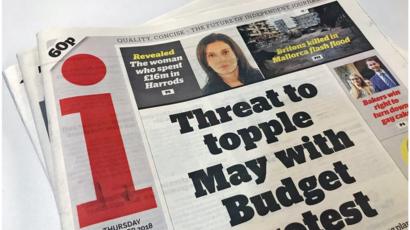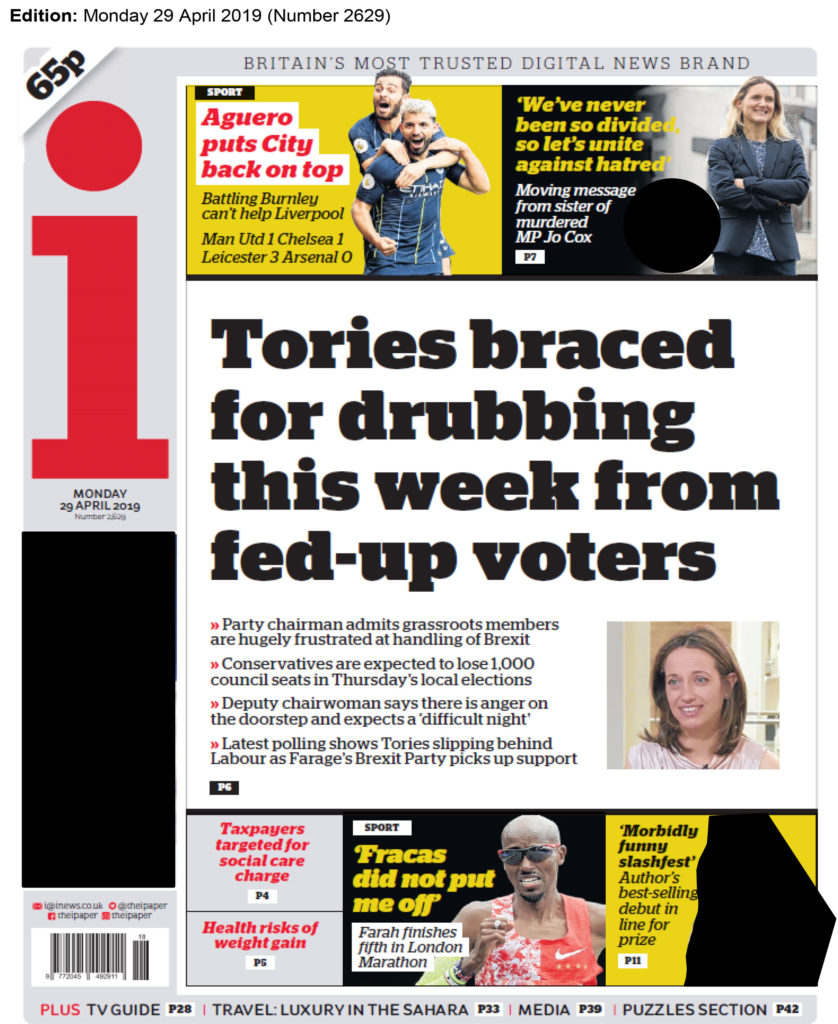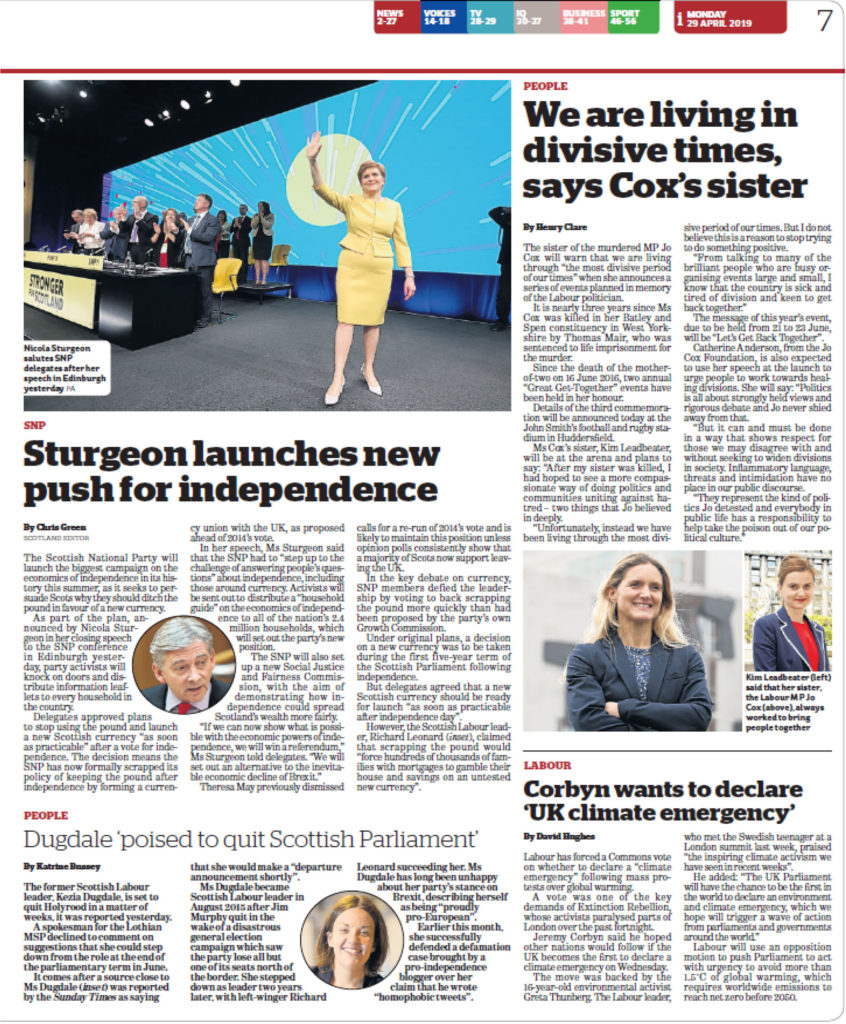- News Values – News values include how important a story is, how large a segment of the population is likely to be interested in it and so on. Proximity. …
Prominence. …
Timeliness. …
Oddity. …
Consequence. …
Conflict. …
Human interest. …
Extremes/superlatives - Gatekeepers – Gatekeepers are the at a high level, data decision makers who control information flow to an entire social system. Based on personal preference, professional experience, social influences, or bias they allow certain information to pass through the their audience.
- Regulation / Deregulation – Regulation refers to the whole process of control or guidance, by established rules and procedures, applied by governments and other political and administrative authorities to all kinds of media activities. Regulation is always a potential intervention in ongoing activities, usually for some stated “public interest” goal, but also to serve the needs of the market (for instance, by supporting competition) or for reasons of technical efficiency (for instance, setting technical standards).
- Free market vs Monopolies & Mergers –
- Media concentration / Conglomerates / Globalisation (in terms of media ownership) –
- Vertical Integration & Horizontal Integration –
- Neo-liberalism and the Alt-Right –
- Surveillance / Privacy / Security / GDPR –
- The Leveson Enquiry –
Daily Archives: 02/11/2020
Filters
About the i (csp 8)
CSP 8 – The I Newspaper
- History – Johnston Press was one of the largest local and regional newspaper organisations in the UK, but had debts of £220m. The owner of The Daily Mail, DMGT has bought the i newspaper and website for £49.6m from JPI Media. The sale was attacked by Labour leader Jeremy Corbyn, who said in a tweet that two billionaires now owned half the UK’s top 10 daily newspapers. The first issue of the i went on sale for 20p on 26 October 2010
- Format – Front Page = Adverts, Large Sans-Serif (font) header, bright red to represent the I/ implies danger or warning. Page 6 = Survey, stats, Two different stories, anti-brexit, conservative loss of members. Page 7 = Large image of Nicola Sturgeon in yellow dress to represent Scottish National Party. 4 Stories, Cox sister, Climate Emergency UK
- Editors – Simon Kelner 2010, Stefano Hatfield 2011, Oliver Duff 2013,
- Political stance – Center, argues both left and right-winged views. Usually using the front page to display a matter such as inequality.
- Target Audience – “i is specifically targeted at readers and lapsed readers of quality newspapers and those of all ages,” the publisher said. “i will combine intelligence with brevity and depth with speed of reading, providing an essential daily briefing.” Which could be why they present such an ‘on the fence’ attitude when it comes to political stance – representing both or no sides.
- Cost – Each newspaper sells for between 60-80p and can be freely available at airports such as Gatwick
- Circulation – 221,083 October 2019
- Profit – In December 2017, the owners of the i, Johnston Press, announced the newspaper was bringing in a monthly profit of around £1 million.
Political Stances
- Libertarians seek to maximise political freedom and autonomy, emphasising freedom of choice, voluntary association and individual judgement.
- Authoritarianism is a form of government characterised by strong central power and limited political freedoms.
The i
history – British national morning paperpublished by the daily mail and general trust (bought for £49.6m from JPI Media )
targeted at readers and lapsed readers off all ages ( mainly over 50)
Format – broadsheet-quality newspaper printed in a tabloid format
Editors – Oliver Duff
Political stance – Liberalism, slightly left
Target Audience –
Cost – 60p – 80p
Circulation – 265,949
Profit – owner, Johnston Press announced that their monthly profit is around £1 billion
facts about the i
History:
- 19 October 2010 announced the launch of the i.
- The first issue of the i went on sale for 20p on 26 October 2010
- Starting on 7 May 2011 a Saturday edition was published, with more pages and at the price of 30p
- This increased to 40p in January 2014, with the weekday edition rising to 30p.
- In September 2016, the price was raised to 60p, with the weekday edition rising to 50p.
Editors:
- 2010: Simon Kelner
- 2011: Stefano Hatfield
- 2013: Oliver Duff
2016-2018:
- On 11 February 2016, it was revealed that regional publisher Johnston Press, which owned the Yorkshire Post and The Scotsman, were in the advanced stages of talks to buy the i for around £24 million.
- a new, redesigned, version of the weekend edition of the i went on sale, costing 80p. This relaunch of the weekend paper saw circulation rise by around 30,000, to around 290,000 of the first edition of the redesigned paper being sold. By August 2018, the weekend edition had become the strongest day of trading for the i.
- the owners of the i, Johnston Press, announced the newspaper was bringing in a monthly profit of around £1 million
2019:
On 14 September 2019, The i weekend price rose from £1 to £1.20.
On 29 November 2019, it was announced that JPIMedia had sold the i newspaper and website to the Daily Mail and General Trust, which owns the Mail on Sunday and MailOnline. Lord Rothermere, the chair of DMGT, said that the paper would maintain its politically independent editorial style.
facts about the i
The History
The i is a British national morning paper published in London by Daily Mail and General Trust and distributed across the United Kingdom. It is aimed at “readers and lapsed readers” of all ages and commuters with limited time, and was originally launched in 2010 as a sister paper to The Independent. It was later acquired by Johnston Press in 2016 after The Independent shifted to a digital-only model. The i came under the control of JPIMedia a day after Johnston Press filed for administration on 16 November 2018.The paper and its website were bought by the Daily Mail and General Trust (DMGT) on 29 November 2019, for £49.6 million.On 6 December 2019 the Competition and Markets Authority served an initial enforcement order on DGMT and DMG Media Limited requiring the paper to be run separately pending investigation.
The i was named British National Newspaper of the Year in 2015.
Since its inception, the i has expanded its layout and coverage, adding special sections for notable events and revamping its weekend edition. The paper had an average daily circulation of 302,757 in March 2013, significantly more than The Independent, though that figure has since continued to decline, and had dropped to 233,869 by February 2019. The paper is classified as a ‘quality’ in the UK market but is published in the standard compact tabloid-size format.
Format
The i is tabloid-size and stapled, and the first issue contained 56 pages. The Friday edition of the paper, which contains the “Friday” section, has a slightly increased page count, at around 65. The weekend version of the paper is significantly larger than the weekday version, containing 87 pages. The i prides itself on having no supplements, something common in many other quality British newspapers, saying they want to give readers the best experience without supplements that “clog up” recycling bins.The newspaper contains “matrices” for news, business and sports—small paragraphs of information which are expanded upon in full articles further on in the paper.The title also includes a features section titled iQ, Arts and Business sections and a television guide.
The managing director of The Independent stated several days before the newspaper went into print that the publication is designed for people who do not have much time to read a newspaper.On 20 April 2011, editor Simon Kelner announced that a Saturday edition of the i would be published, starting from 7 May 2011 and costing 30 pence, 10 pence more than the weekday version. The paper is now 65p on weekdays and £1.20 at the weekend, running Monday to Saturday (although the Saturday edition is also sold on Sunday).
The paper now runs a subscription, whereby customers can buy pre-paid vouchers to exchange for their copy of the paper. The subscription can be either six months or a year long and can be chosen Monday to Friday or including Saturday. There is also a discounted student subscription that lasts for one academic year.
Editors
- 2010: Simon Kelner
- 2011: Stefano Hatfield
- 2013: Oliver Duff[3]
Political Stance
The i takes a political stance on the centre of the political spectrum, with many front-page headline articles being concerned with social issues and inequality – but it also claims to be politically balanced and to publish points of view from both left and right.
Nick Clegg, former UK Deputy Prime Minister and former leader of the Liberal Democrats, a centrist party, is a fortnightly columnist for the i. His column usually features in the “My View” comment section of the paper.
During an interview for the i in December 2017, Labour leader, Jeremy Corbyn declared himself to be a dedicated reader of the i, saying that its compact size and concise articles suited his busy lifestyle as Leader of Her Majesty’s Opposition.
During the referendum on the United Kingdom’s membership of the European Union, held in June 2016, the paper chose not to declare for either “leave” or “remain”, unlike a majority of other British newspapers who came out for either side of the debate.
In the 2017 UK general election, the i chose not to endorse a political party.
Target Audience
“i is specifically targeted at readers and lapsed readers of quality newspapers and those of all ages,” the publisher said. “i will combine intelligence with brevity and depth with speed of reading, providing an essential daily briefing.”
Cost
80p
Circulation
221,083October 2019
Profit
The owners of the i, Johnston Press, announced the newspaper was bringing in a monthly profit of around £1 million.
FACTS ABOUT ‘THE I’

- History
- It was founded on the 26th October 2010
- Format
- The ‘I used to be a physical newspaper you could purchase, however, they now have an online edition, where you can get 3 issues of the newspaper for 99p.
- The titles are written in a sans-serif font, which is clear and easy to read.
- Editors
- The ‘I’ was originally produced by 3 Daily Telegraph workers – Andreas Whittam-Smith, Stephen Glover and Matthew Symonds.
- On the 16th November 2018, the Daily Mail bought the ‘I’ newspaper for £49.6 million
- Political stance
- Its political alignment is seen as very centrism
- The I newspaper is known to be very liberal
- Cost
- It originally was 60p an issue, however the price rose up to 80p
- In some airports, such as London Gatwick Airport, there are newspapers stand that offer a free ‘I’ newspaper. This is because the ‘I’ newspaper company had created a deal with the airport.
- Target Audience
- The target audience of this newspaper is very all rounded an is targeting adult target audiences of multiple interest. This is shown by the newspaper covering reports on sport, politics and general breaking news.
- Circulation
- There are approximately around 221,083 ‘I’ Newspapers in circulation (as of October 2019)
- In March 2016 The Independent decided to close its print edition and become an online newspaper
- the last printed edition of The ‘I’ was published on Saturday 26 March 2016
- Profit
- The newspaper originally was sold at 30p in 2010, however this rose to 60p in 2016 and is currently selling at 80p.
My Political Compass

the i
Oliver Duff is the editor of the i newspaper magazine.
Liberalism, centrism – political alignment
the idea that knowledge is important and expression should be free
HOW IS THE I DISTINCTIVE? The i has expanded its layout and coverage, adding special sections for notable events and revamping its weekend edition.
The i was named British National Newspaper of the Year in 2015 – reputation
Format- compact= a broadsheet quality printed into a tabloid format.- this allows for commuters to read the morning paper as it is easier and small to read on public transport.
circulation – 221,083 as of October 2019
The publishers- The daily mail and the general trust.
the i first went on sale for 20p on 26 October 2010, however is now £1.20
The I
History:
Format:
Editors: Oliver Duff
Political stance: Liberalism, centrism
Target Audience:
Cost: 60p – 80p
Circulation:
Profit:
The I
The “i” is a British national morning paper published in London by Daily Mail and General Trust and distributed across the United Kingdom. Its aims is at “readers and lapsed readers” of all ages and commuters with limited time, and was originally launched in 2010 as a sister paper to The Independent.



